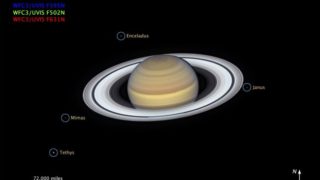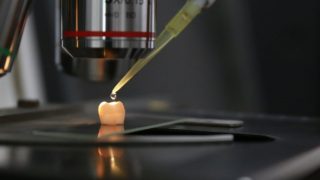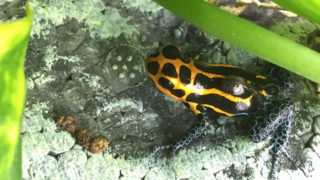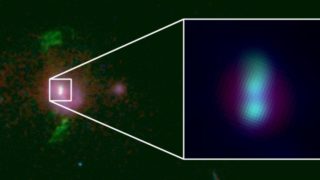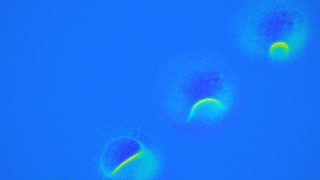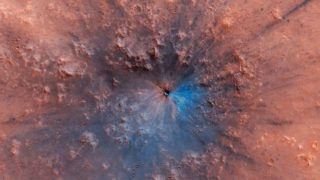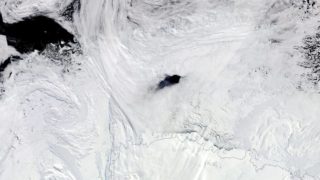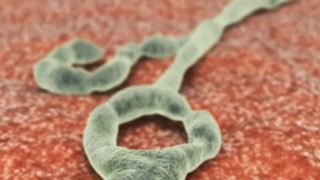
MI weekly selection #344
Altered Ebola virus induces immune response in monkeys Researchers found that exposure to a slightly altered Ebola virus induced an immune response in monkeys that protected them from the parent virus. The goal is to produce a drug that knocks out the VP35 protein in the Ebola virus, although researchers cautioned that it may not […]
